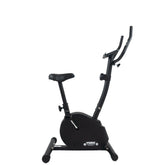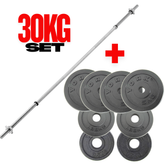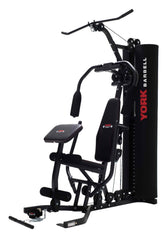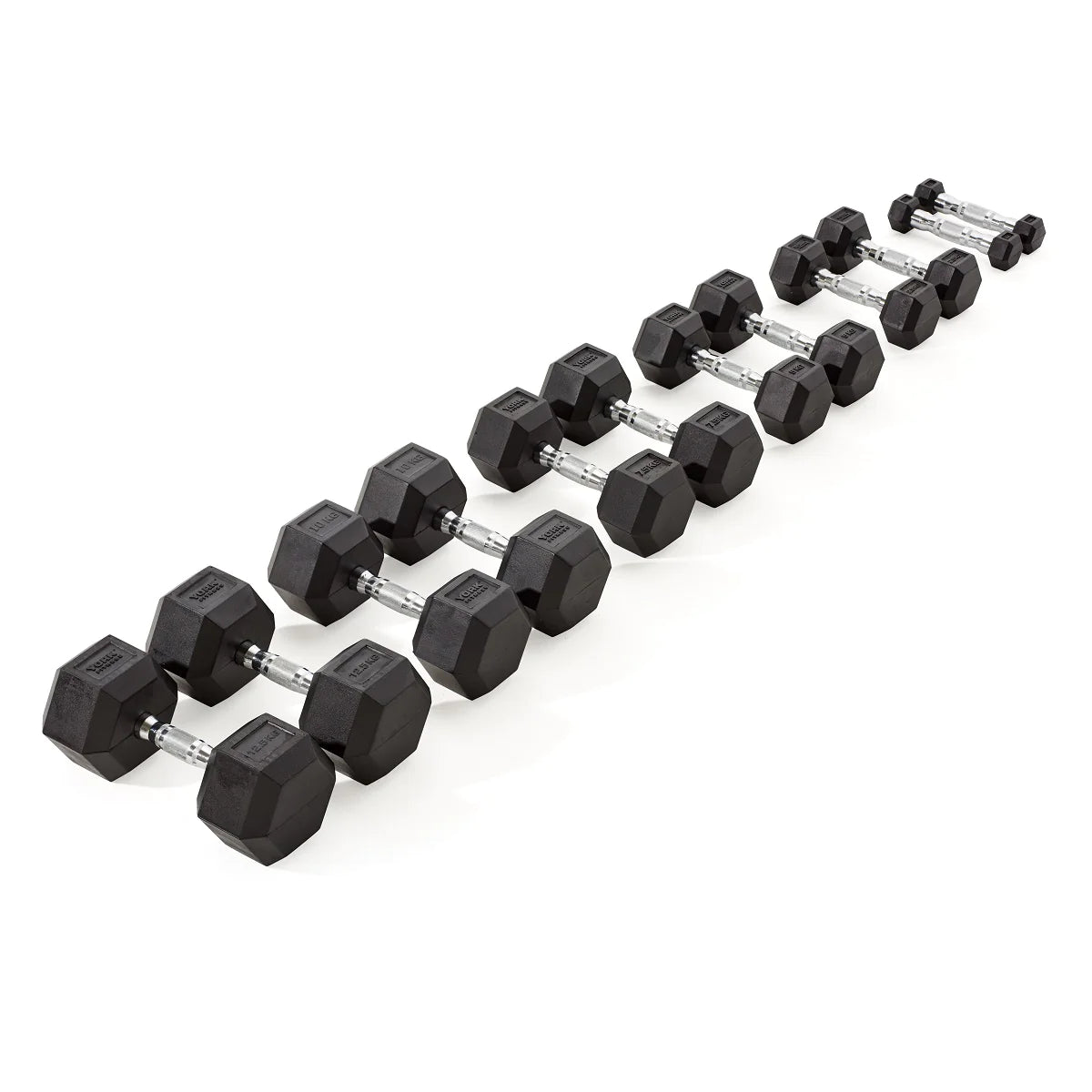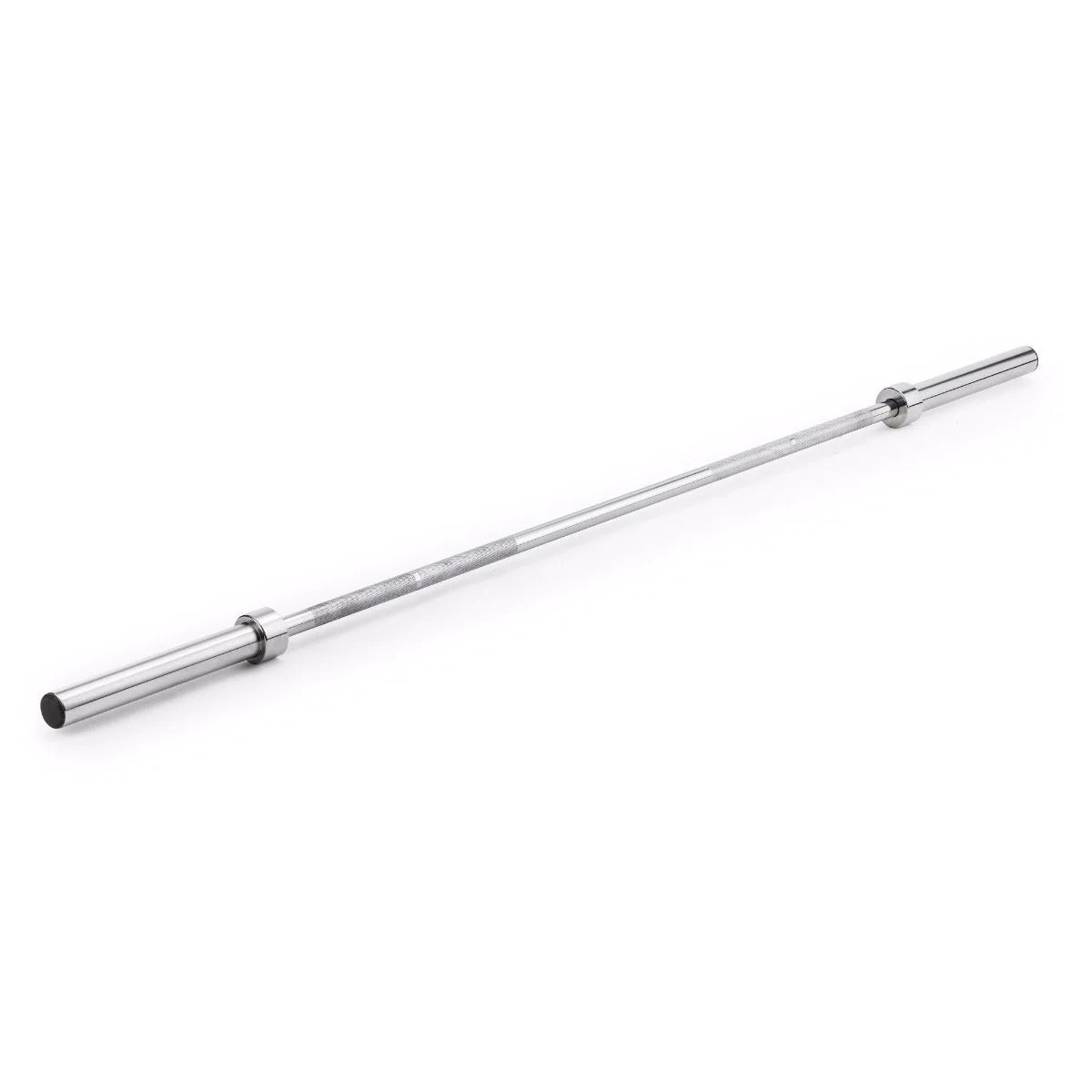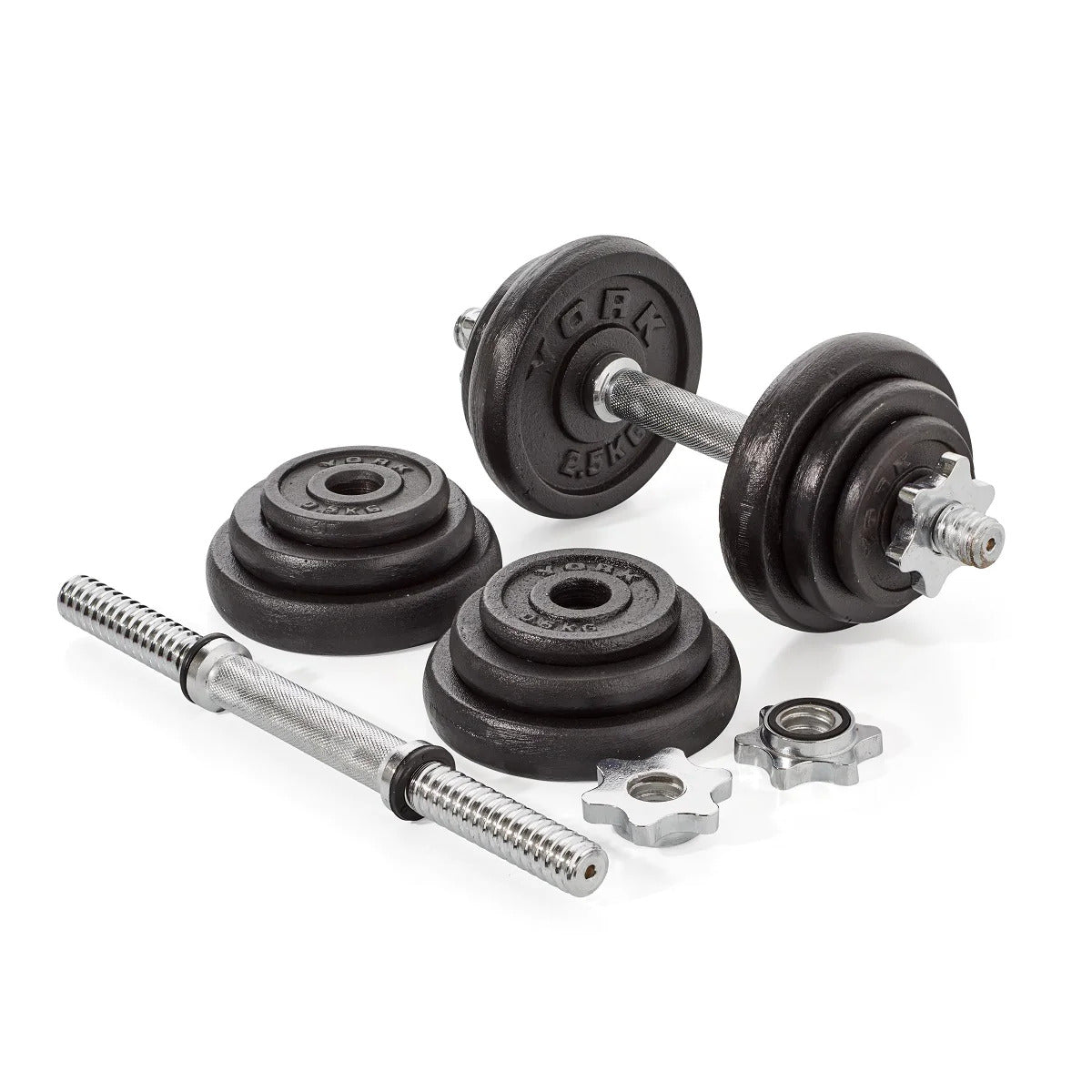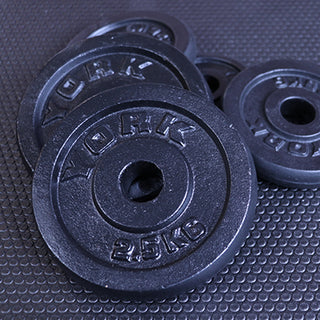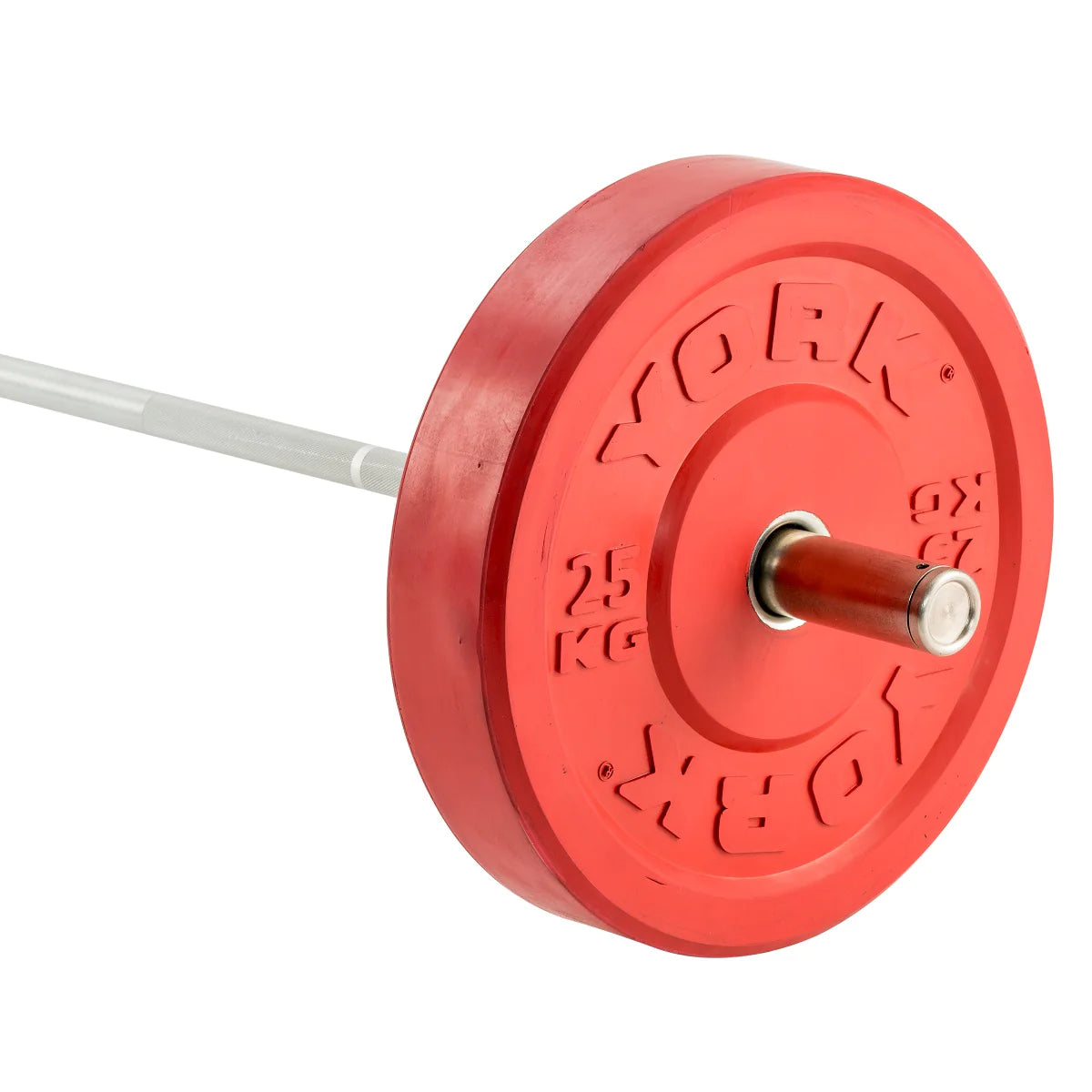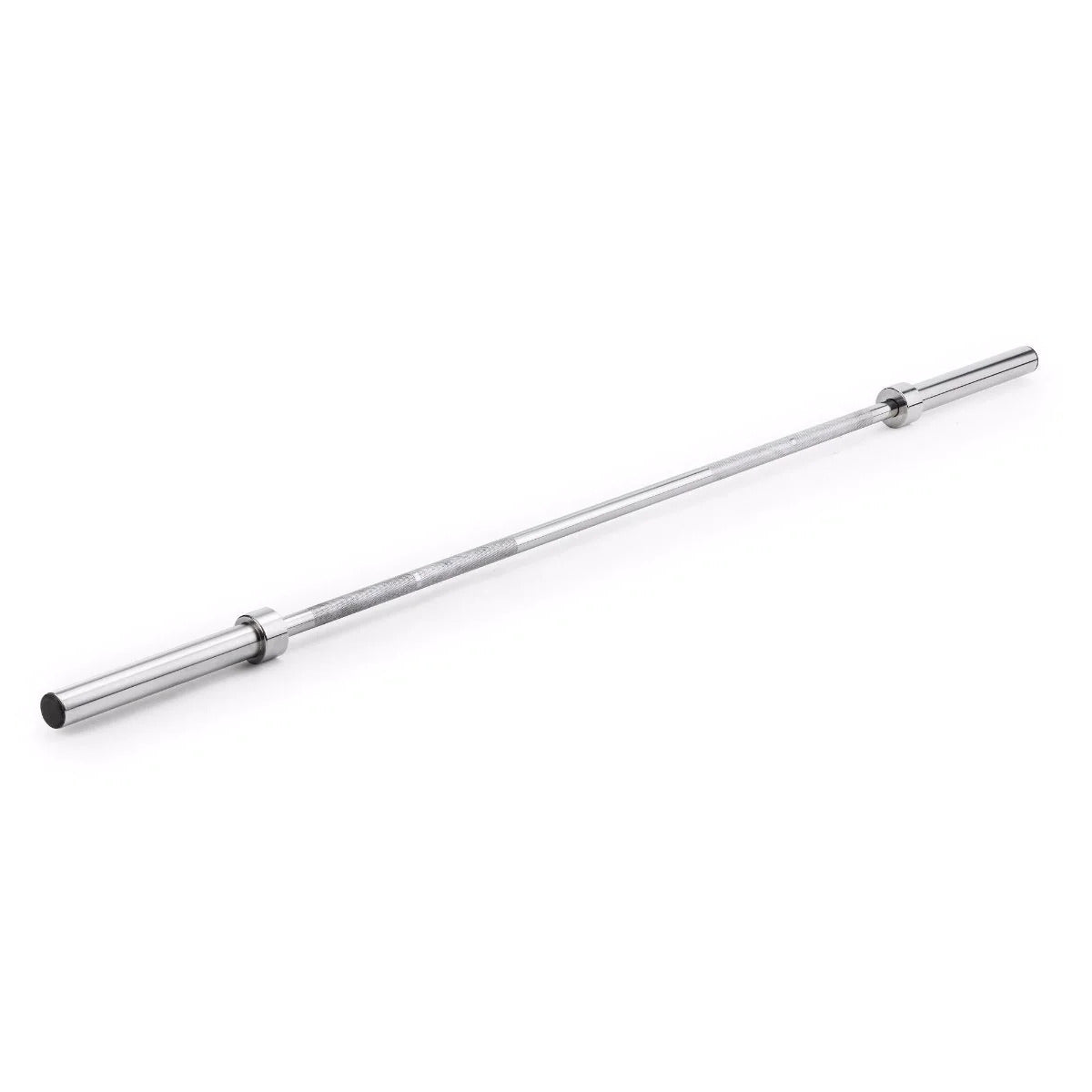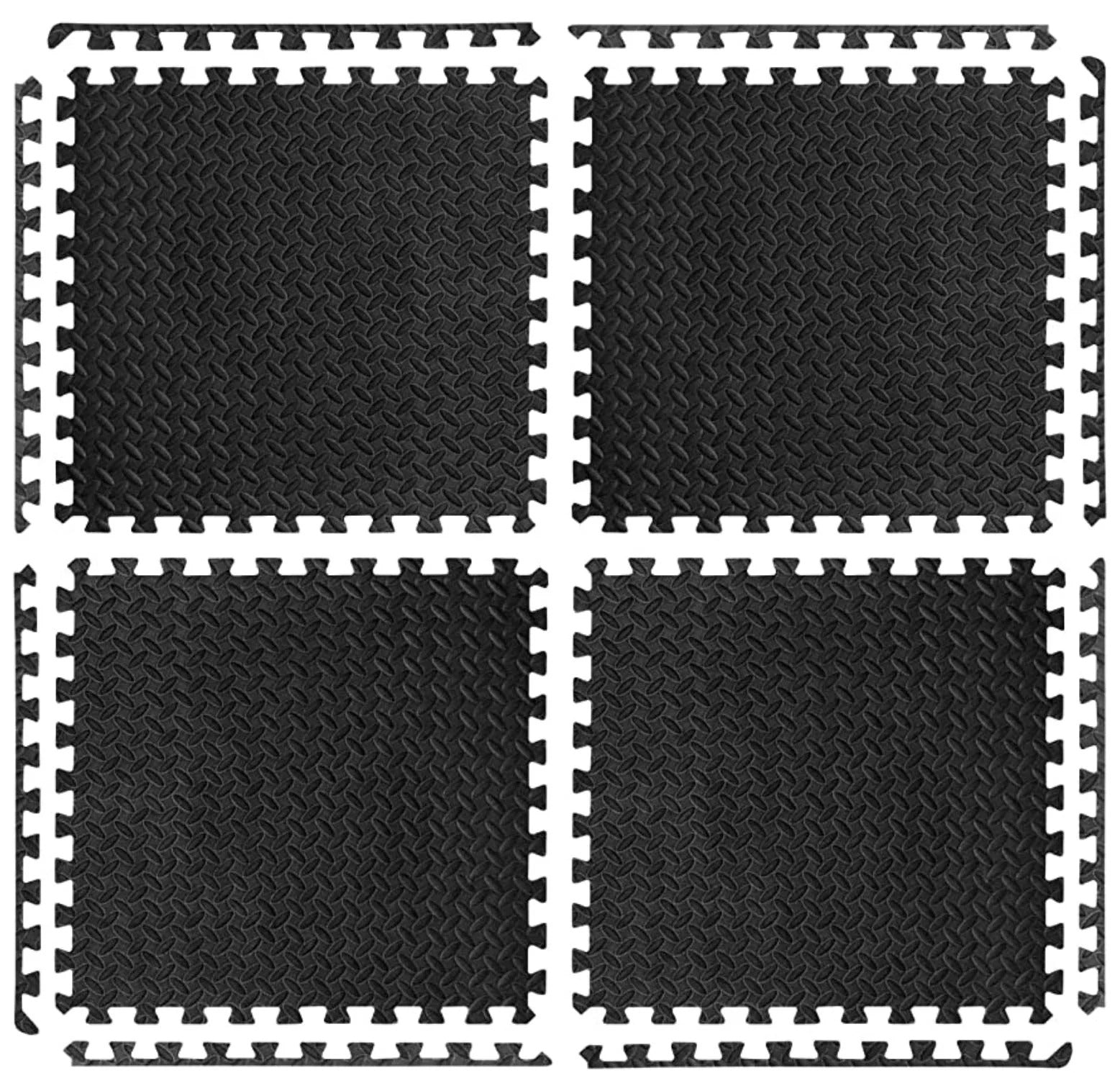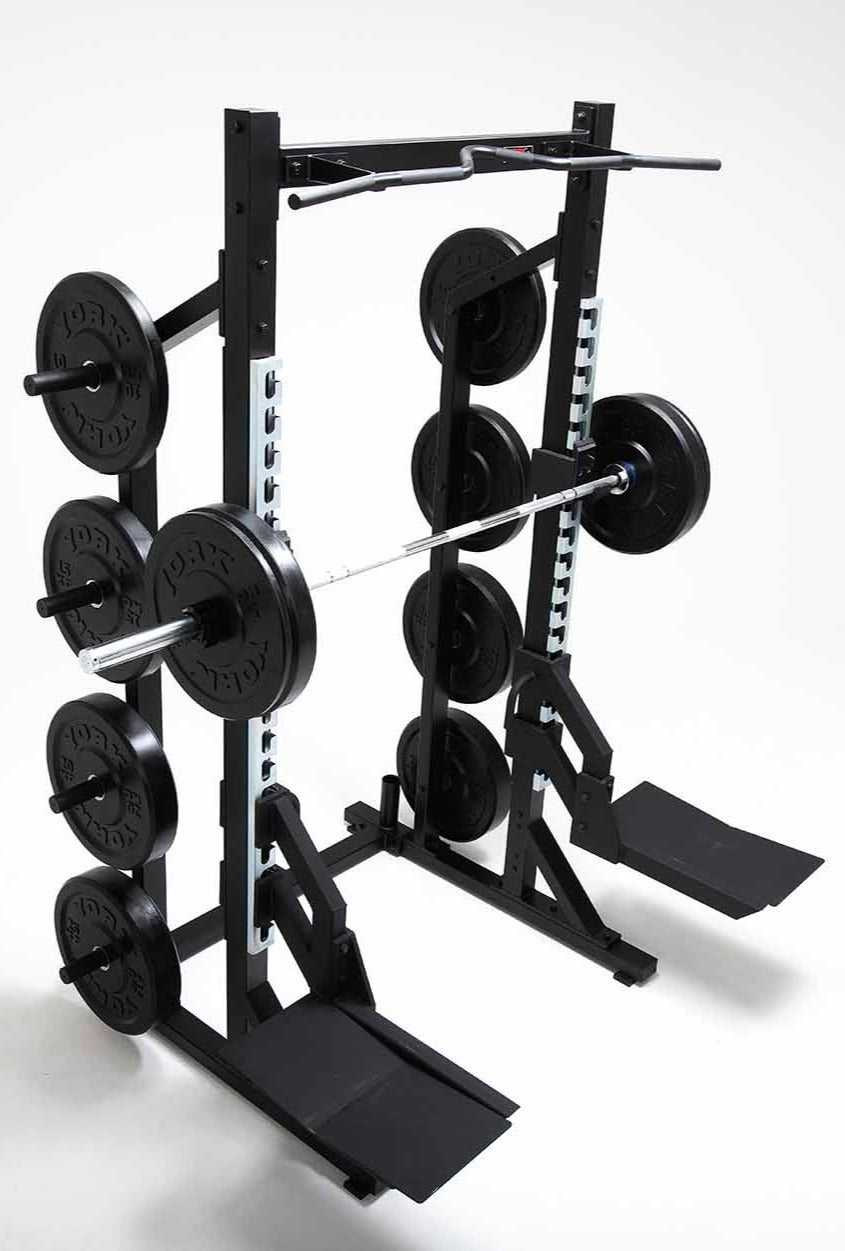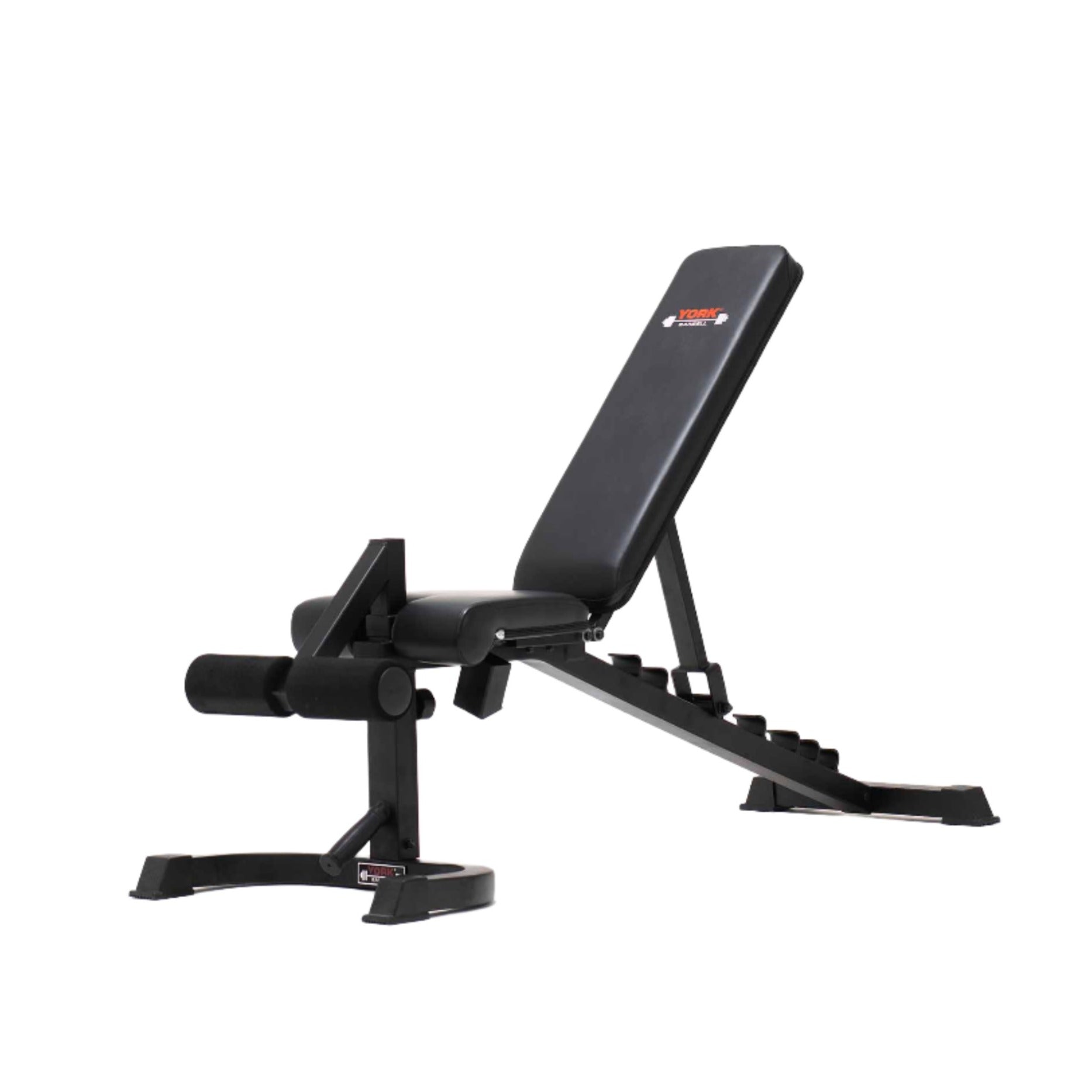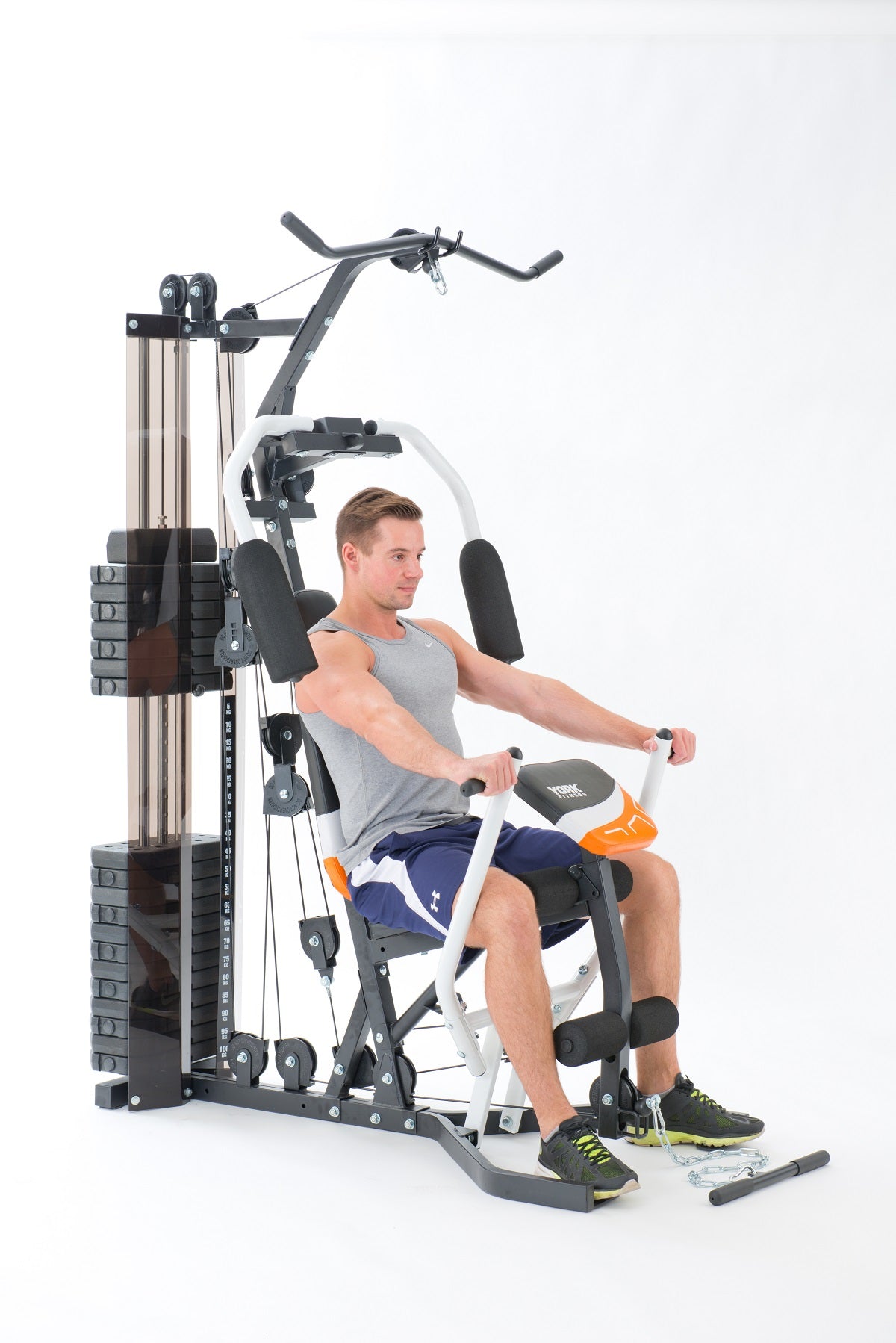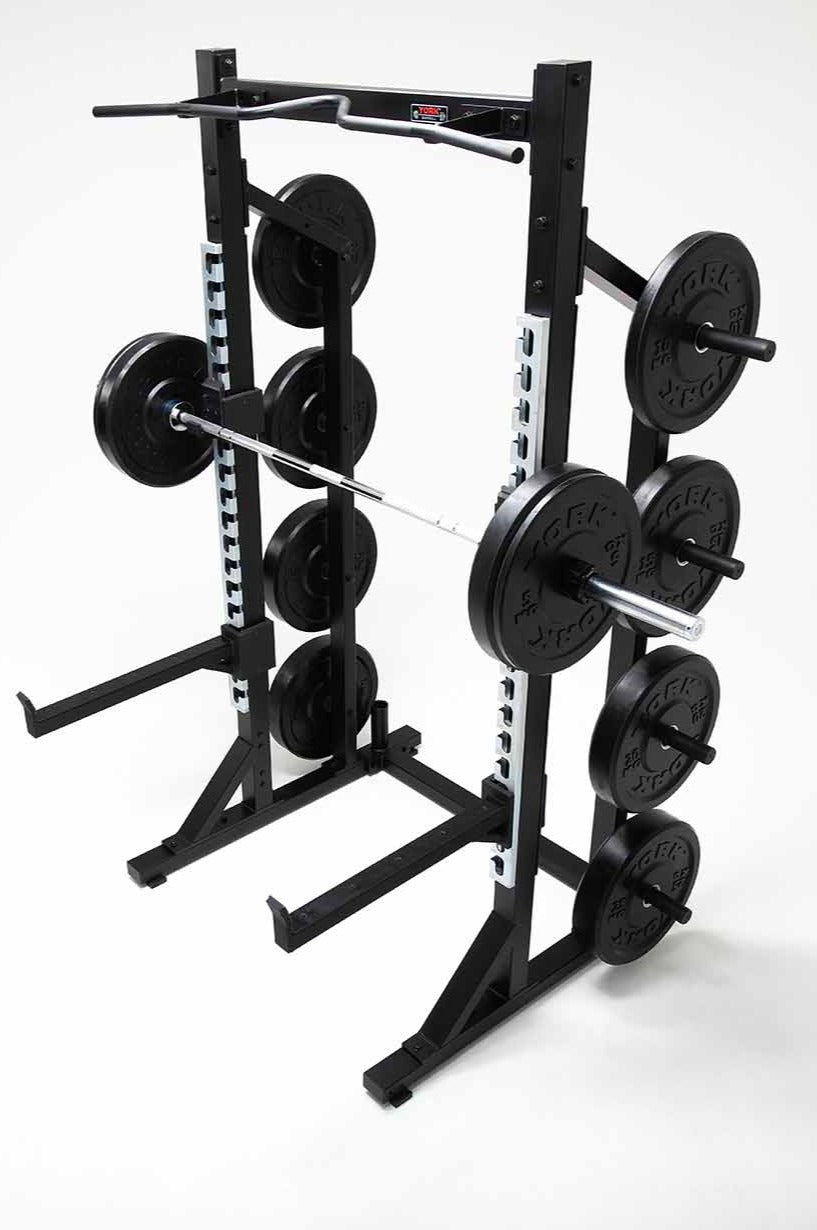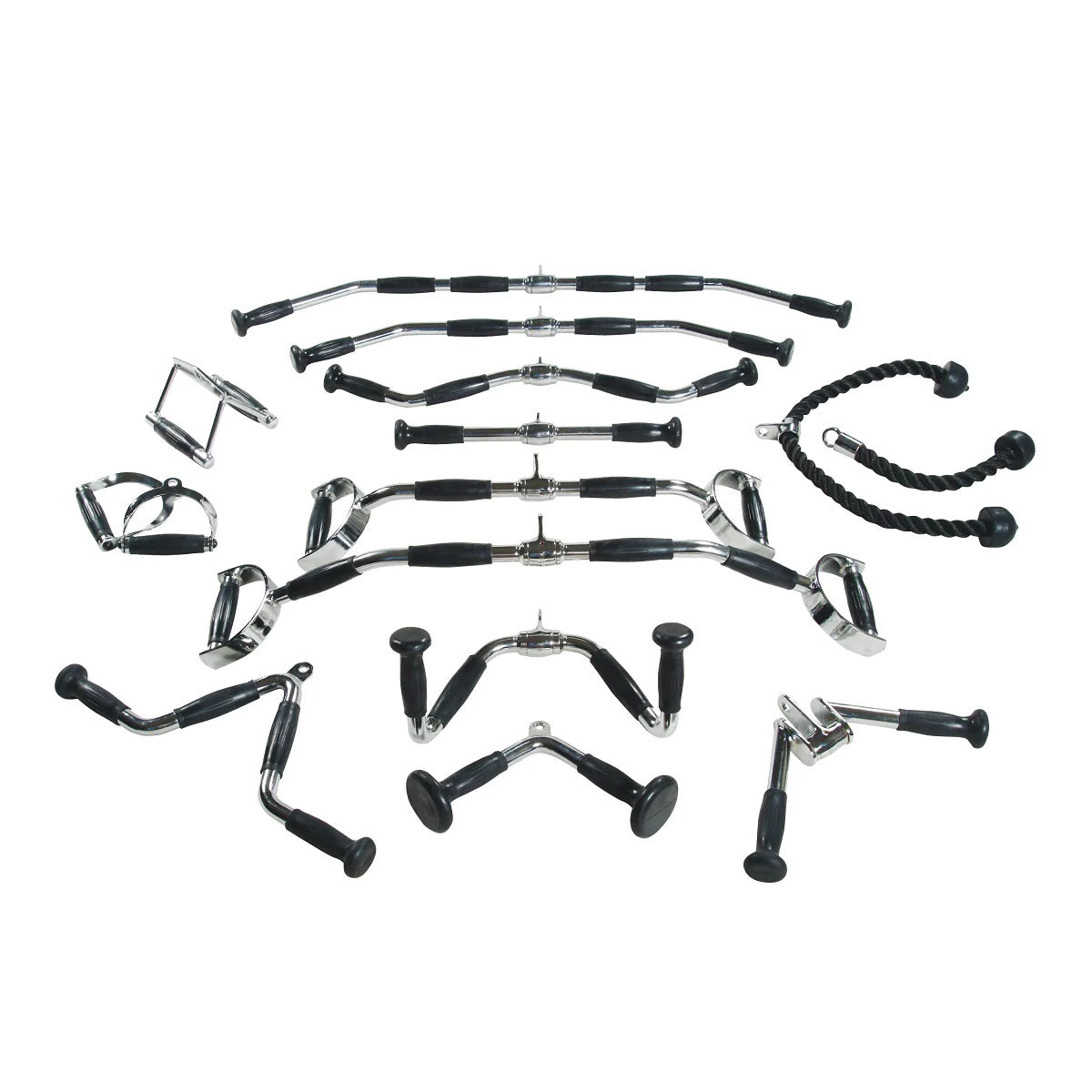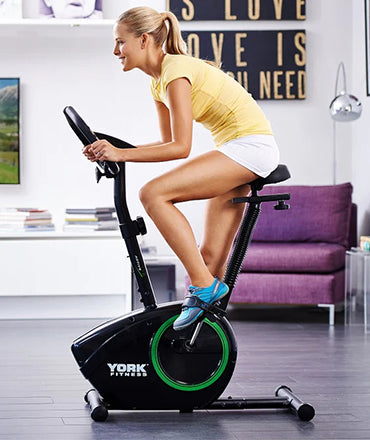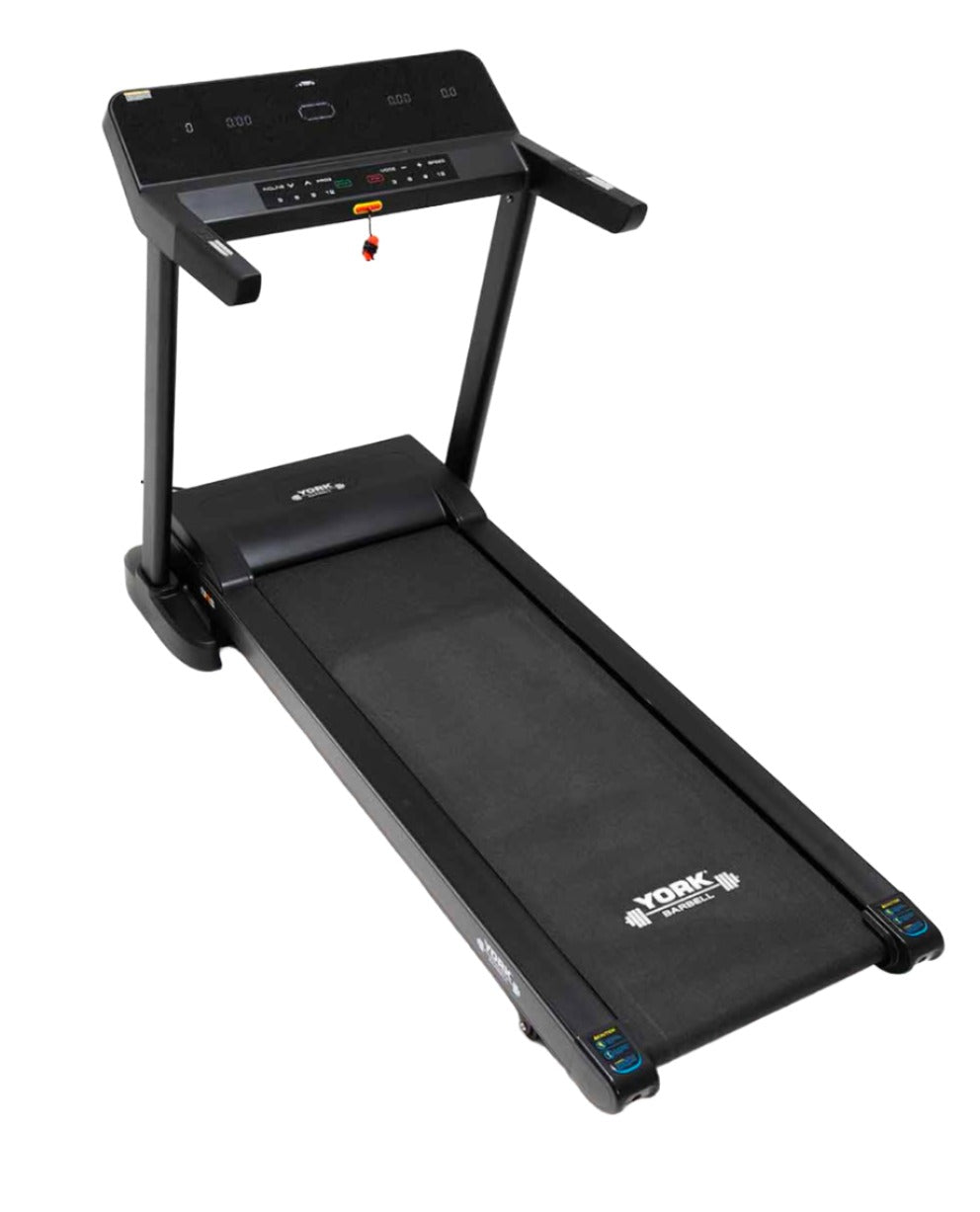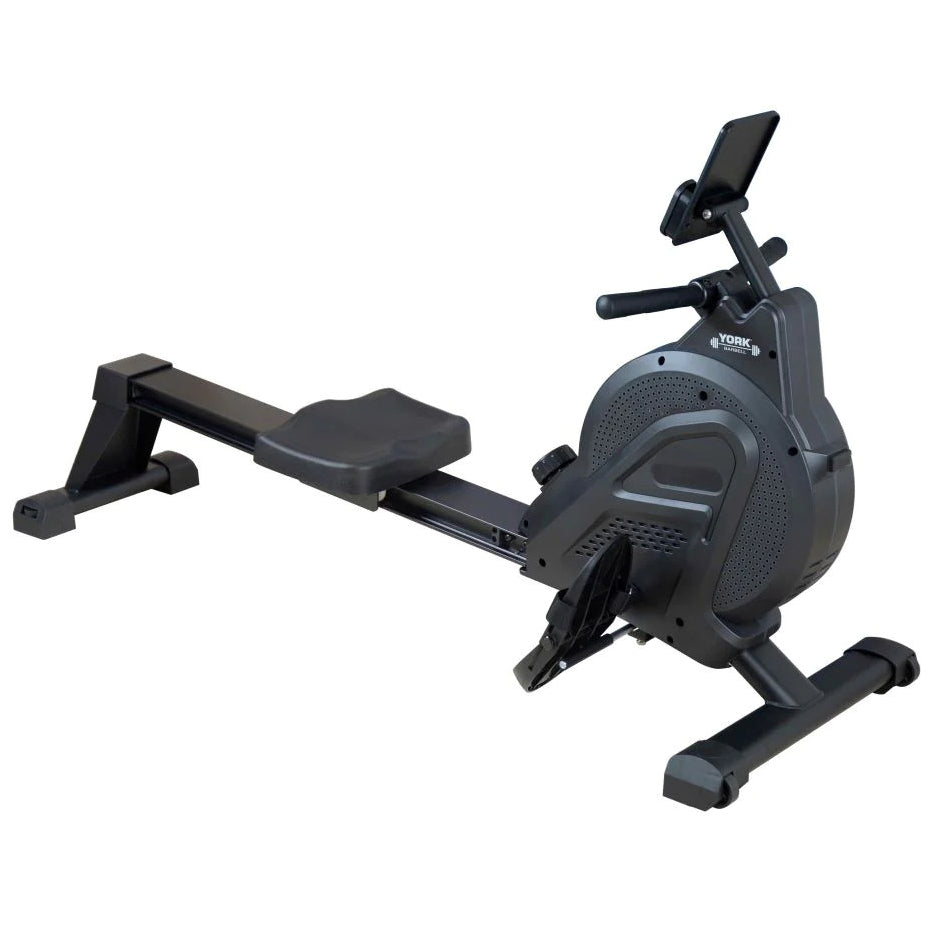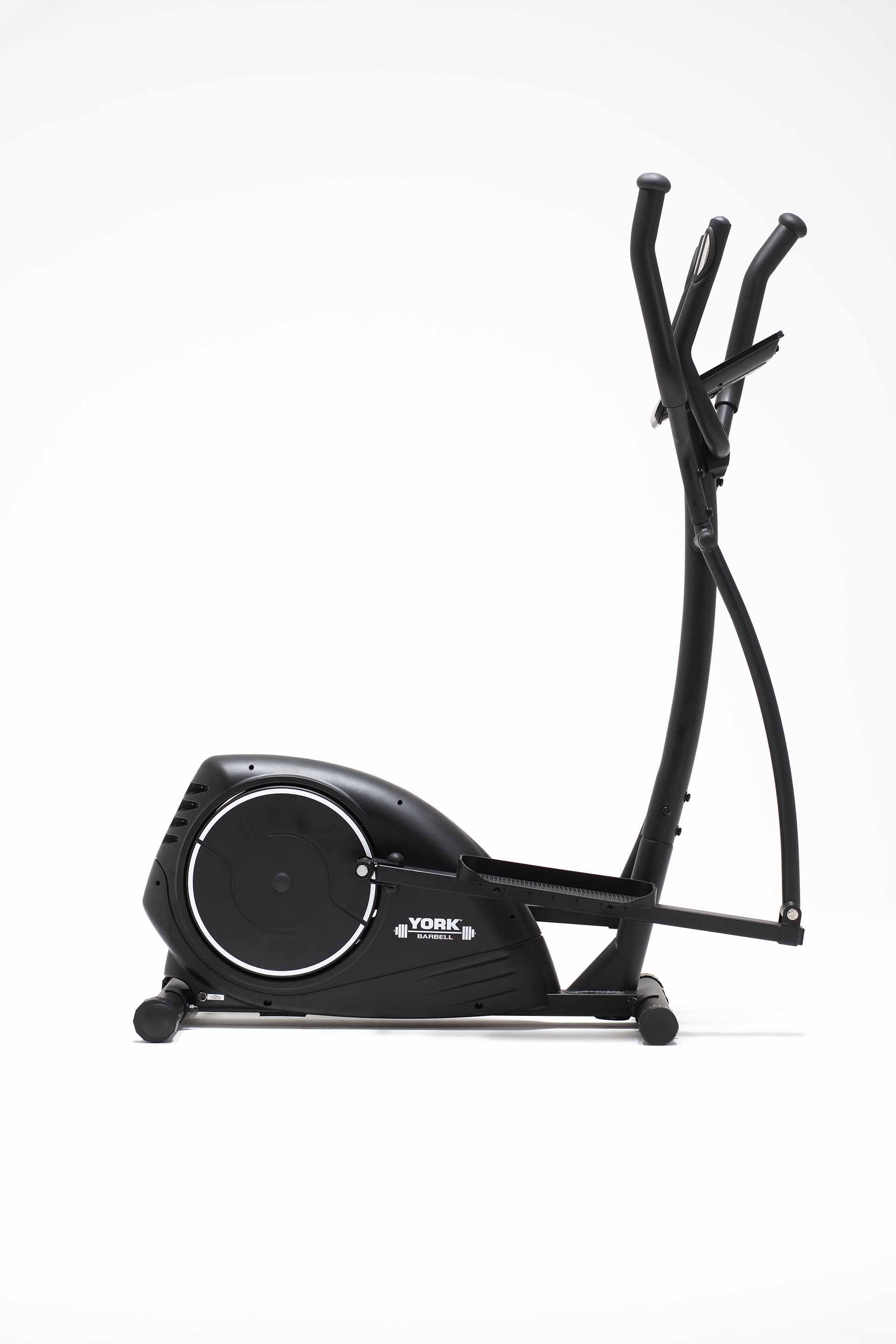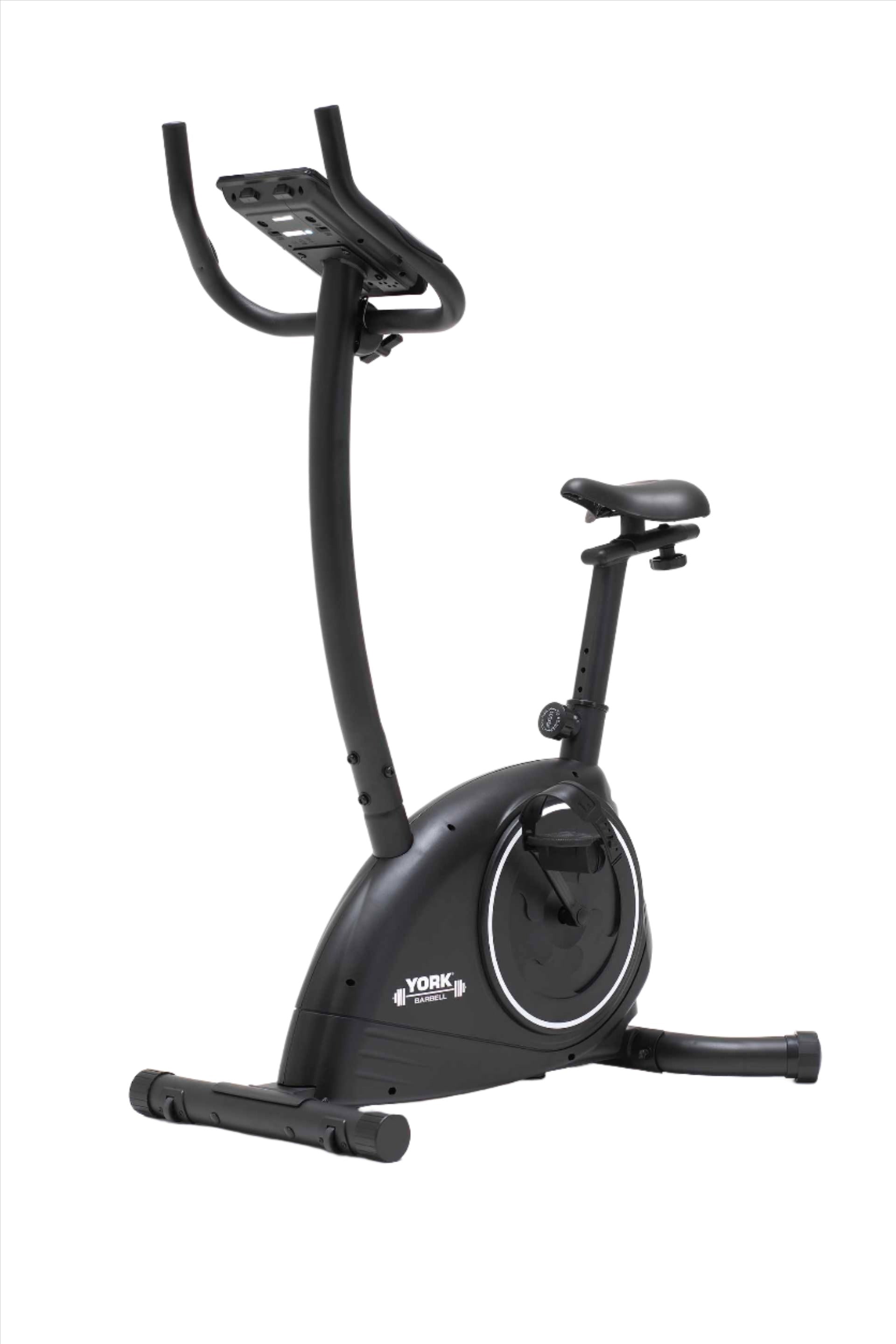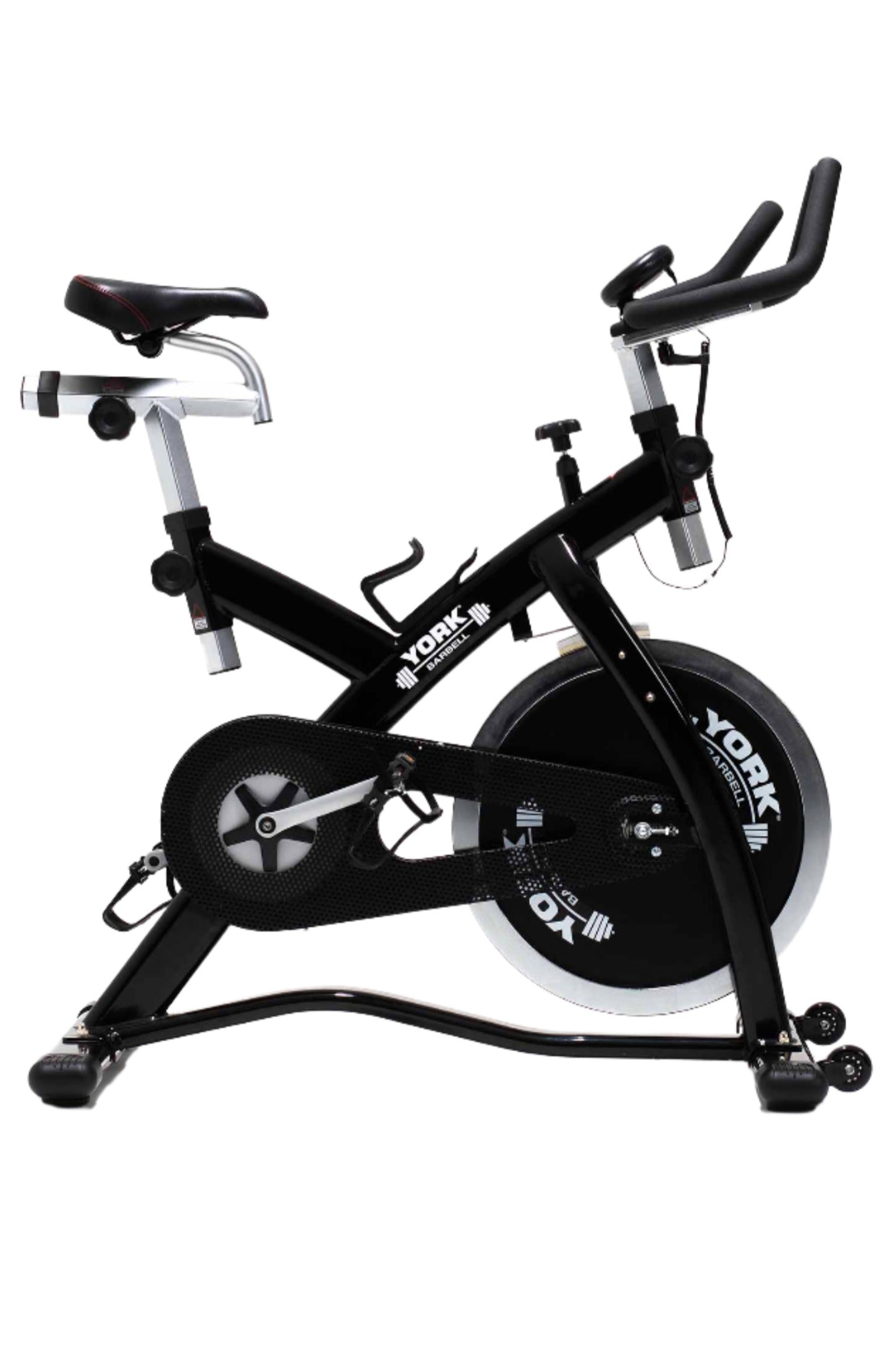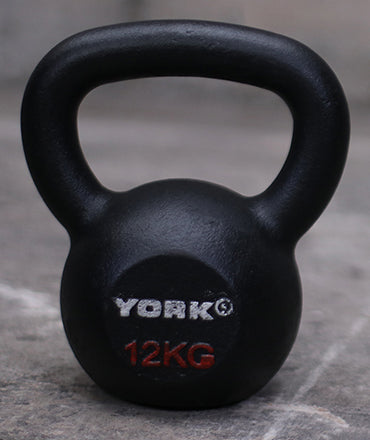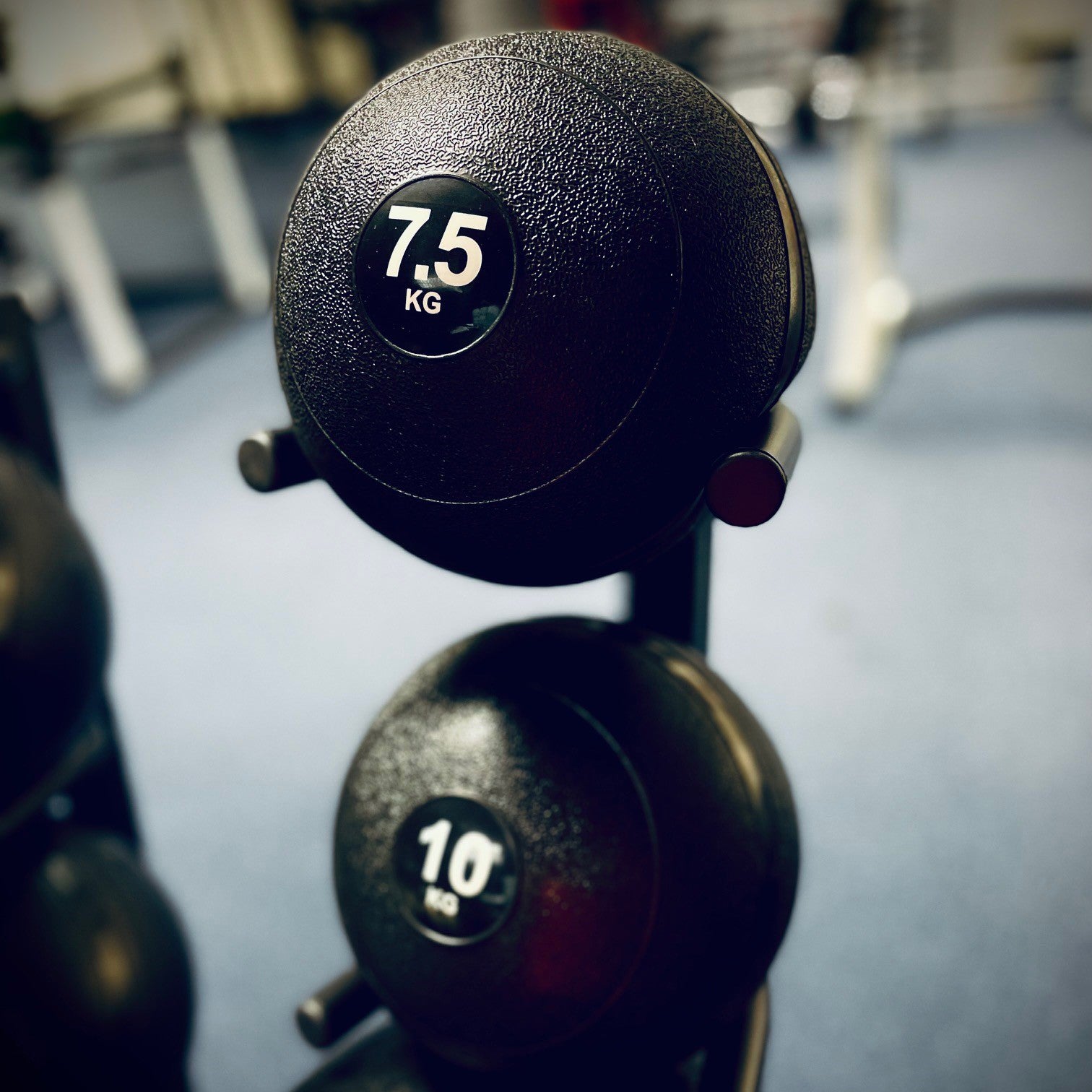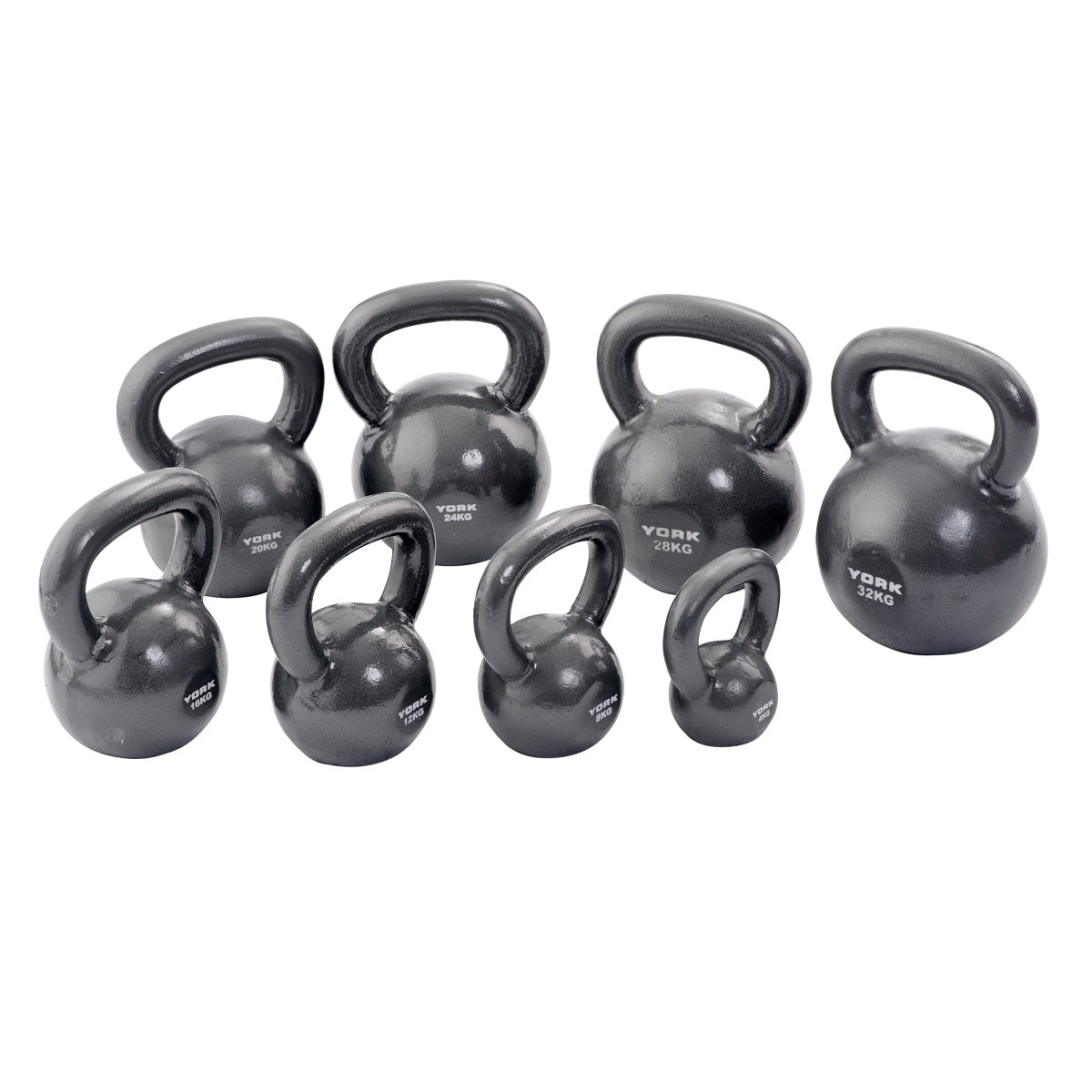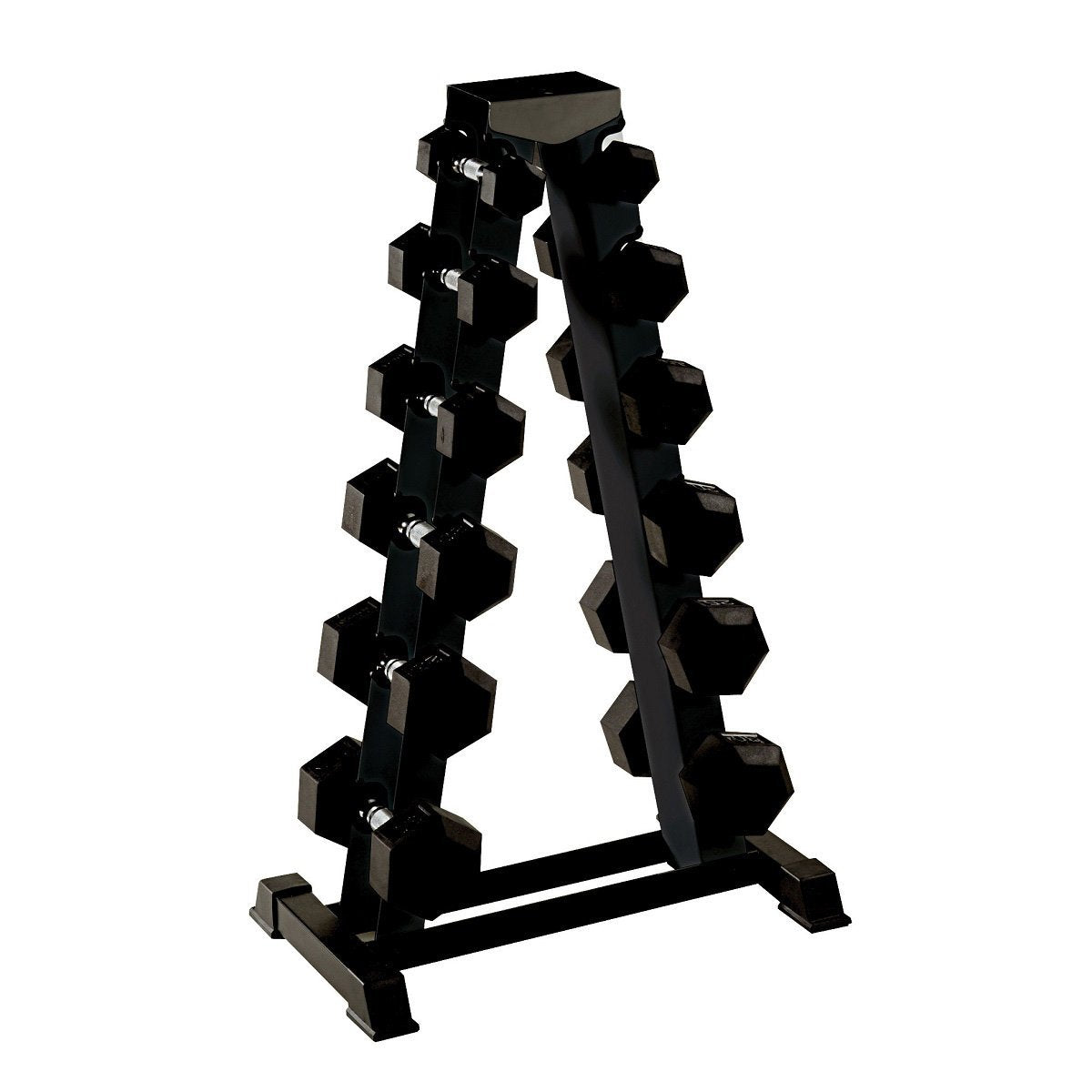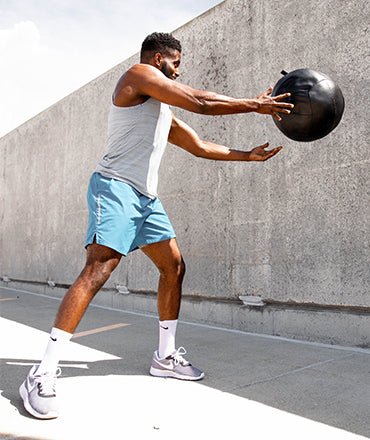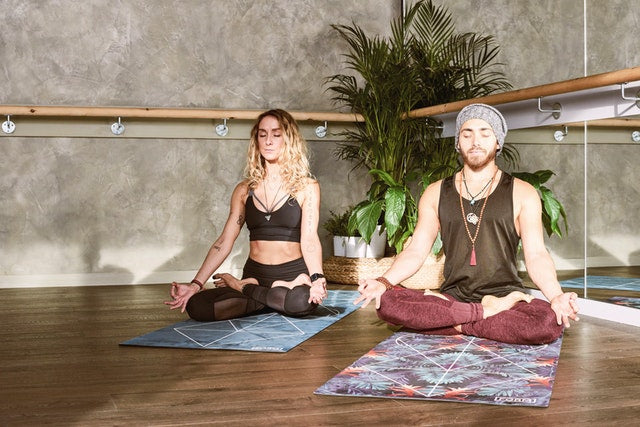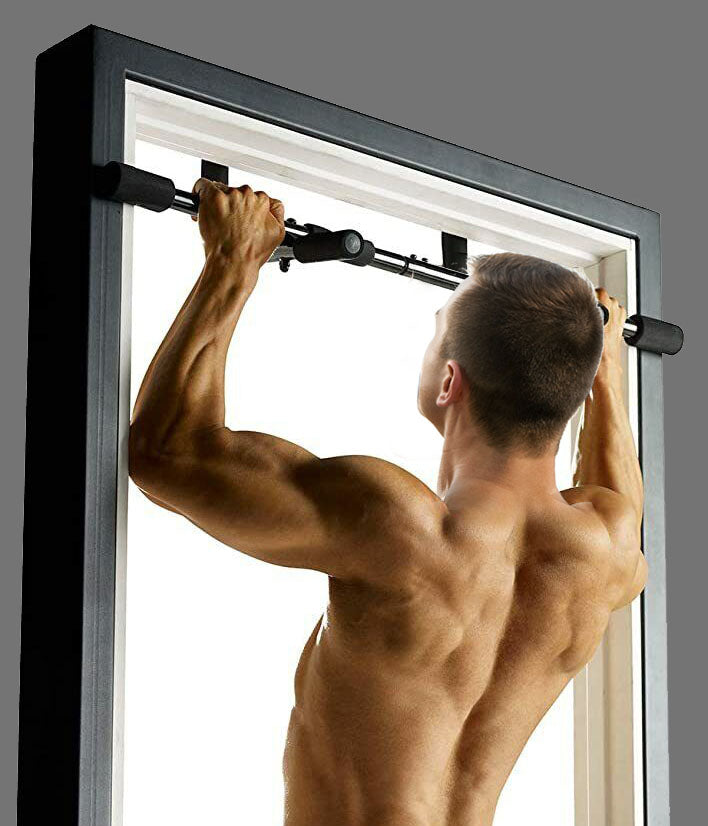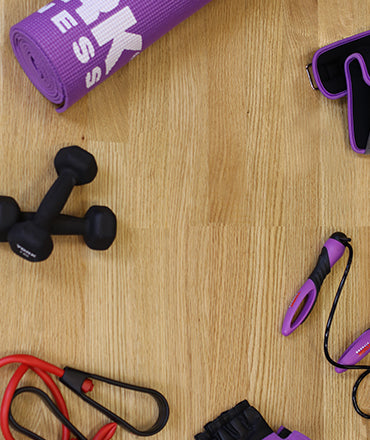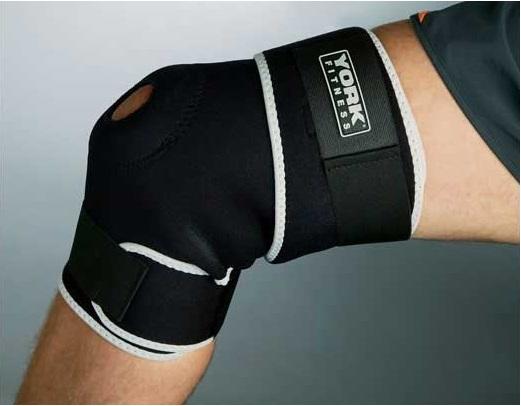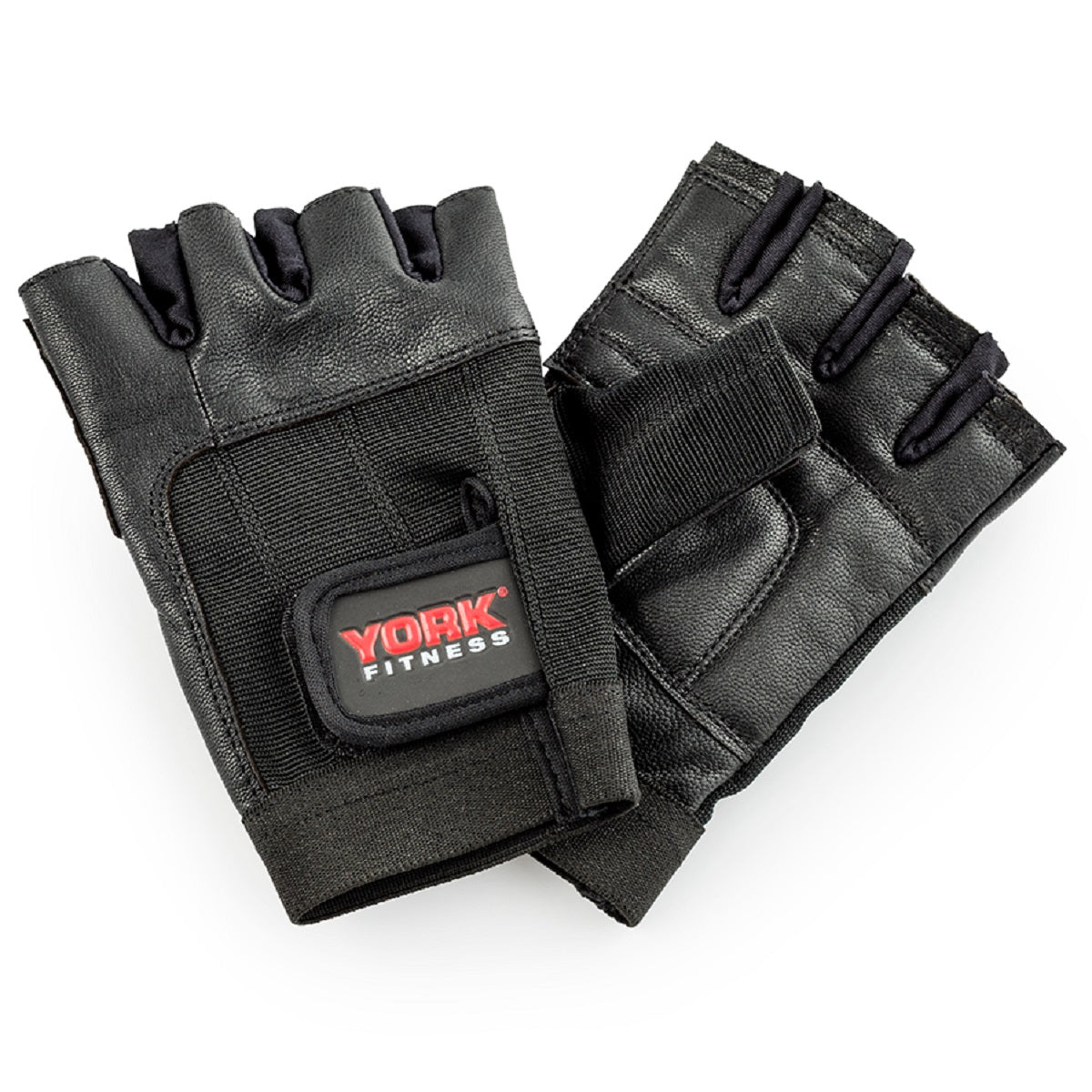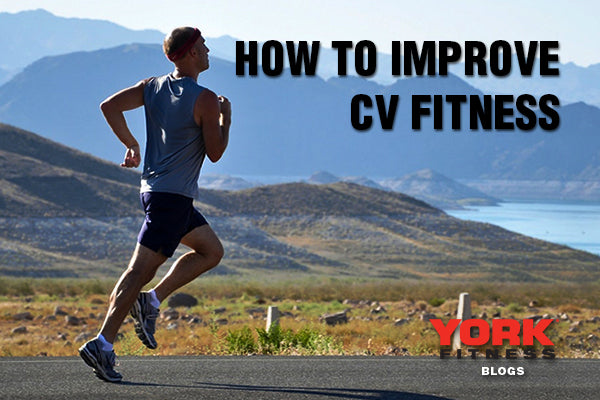Cardiovascular fitness is probably one of the most useful fitness attributes that applies to everyday life. Having at least some level of cardio fitness helps with so many everyday activities. From climbing stairs, running for a bus, going for a walk and even having good sex! The good news is that improving your cardiovascular fitness is simple, however you'll have to work for it.
What is cardiovascular fitness?
Cardiovascular (CV) simply refers to the system that consists of the heart and blood vessels. Fitness is a relative phase, referring to the ability of this system to perform whatever the task in question is. However generally fitness has connotations in sport and exercise, therefore greater cardiovascular fitness will usually result in better sporting performance. If you have a higher degree of CV fitness then you'll be able to perform tasks with less physical exertion and will recover faster from any physical activity. CV fitness is basically the ability for the heart, blood vessels, lungs and blood cells to supply oxygen-rich blood to the working muscles and those muscles to be able to use that oxygen to produce movement.
There are several physiological factors that determine your cardiovascular fitness, including size of the heart and it's chambers; the size and number of blood vessels; the number of red blood cells; your heart rate/cardiac output.
How do you measure cardiovascular fitness?

CV fitness can be measured by your VO2 max, this is the maximum volume of oxygen you can consume in milliliters during a minute of exercise, per kilo of body weight. In a sports science lab this is normally done on an exercise bike or treadmill with apparatus to measure the amount of oxygen consumed. Luckily nowadays you can get a very accurate estimate of your VO2 max using an activity or heart rate monitor.
Improving your cardiovascular fitness
Before you work on improving your CV fitness, it's a good idea to measure your VO2 max so you can measure your progress. As with any goal it's important to set a specific target and to do this you'll need to know your current fitness level. VO2 max is the most reliable measures of CV fitness.
Once you have a specific goal, then follow the below steps to improve your Cardiovascular fitness.
Increase your daily activity level

If you think of the percentage of your day that you'll spend exercising and compare it to the rest of the day, it'll normally represent a small portion of the day, for most people. You can increase your overall activity level by taking advantage of all the time that you're not exercising. For example, taking the stairs rather than the lift or escalator, walking any distances less than 15 minutes, rather than using transport, stand-up rather than sit down when waiting. There's so many things that will increase your overall activity levels it's impossible to list them all here.
The general rule is when there's more than one option for any given action, choose that which requires the most effort. It may seem insignificant, but when you build this good habit, you eliminate laziness, which in itself has a positive effect and you also accumulate an increase in your daily activity levels.
If you find this difficult to do, then consider investing in an activity monitor. These measure your daily activity, even when you're sleeping. They allow you to set daily activity targets and can even set specific targets for you, based on your physical attributes and goals.
Set some goals
That brings us onto this point. As we say above set a goal or some goals. Not just goals, but SMART (specific, measurable, achievable, relevant and timed) goals. Having a goal is proven to help produce results, you're more likely to think about it daily and you're more likely to hold yourself responsible for it, plus you'll be less likely to put it off once set.
The great thing about Cardiovascular fitness, is that it's very tangible for goal setting, especially if you can measure your VO2 max. This makes goal setting very simple, for example: "I want to increase my VO2 max from 3 litres per minute to 3.3 litres per minute in six weeks." This would be a Specific, measurable, achievable, relevant goal, set with a time limit. You can check your progress with a VO2 max test every week and monitor your progress.
Push yourself harder
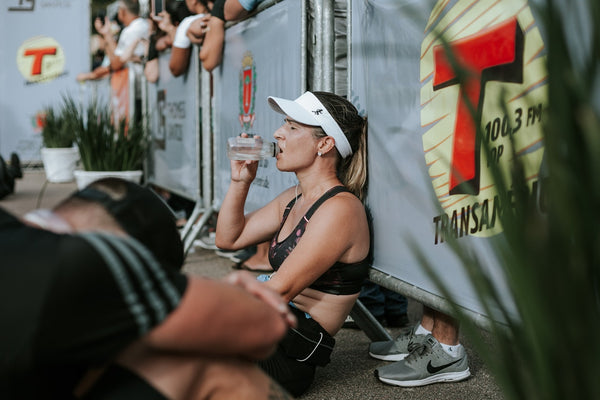
Here you have to be truly honest with yourself. Are you giving 100% effort in every session? Could you have pushed a bit harder? If there was more in the tank, then you need to step things up next time. Aim to finish every session as if it was your last. If you give everything to your sessions, you'll finish them feeling on top of the world and you'll finish them knowing you're doing everything you can to increase your VO2 max.
If you find it hard to push yourself, then seriously consider a personal trainer, even in one session a week you'll see results. If this is way out of your budget, then try to find a workout partner and explain your goals to them and give them permission to push you to your absolute limits and beyond! When you think you have given everything you've got, there's always a bit more left and it's their job to get it out of you.
Mix things up
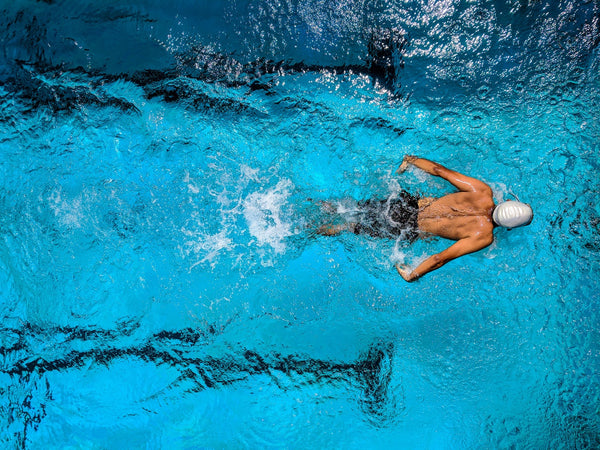
Keeping your body guessing is possibly one of the most overlooked tools in increasing cardiovascular fitness. So many people keep doing the same sport or activity for all of their training, without cross-training at all. If you spend all of your training time doing the same activity, your body will become highly adapted and efficient at that activity. This will make it difficult to make further improvements. If you introduce a new activity or sport, it'll push your limits, because you won't have developed the efficiency or conditioning for that activity. It'll also help reduce the chance of injuries from repetitive stress.
Try high intensity interval training (HIIT)
This type of workout alternates very short periods of 30 to 60 seconds of maximal effort with a rest interval. The rest interval time should ideally not exceed half of the time of the work interval. So for example, for a 30 second work interval, a maximum of 15 seconds rest. You can play with the work and rest intervals and the number of intervals per workout.
One of the easiest formulas for setting the total workout time is a 40 second work interval followed by a 20 second rest interval. This equals a nice clean one minute set, so you can do as many sets as you would like to do total minutes.
The key to HIIT, is to keep the intensity high, so perform your reps as fast as possible and try to complete as many as possible in the work period.
Follow these simple steps for the best chance at boosting your cardiovascular fitness, stay consistent and don't give up. There's always room for improvement.
